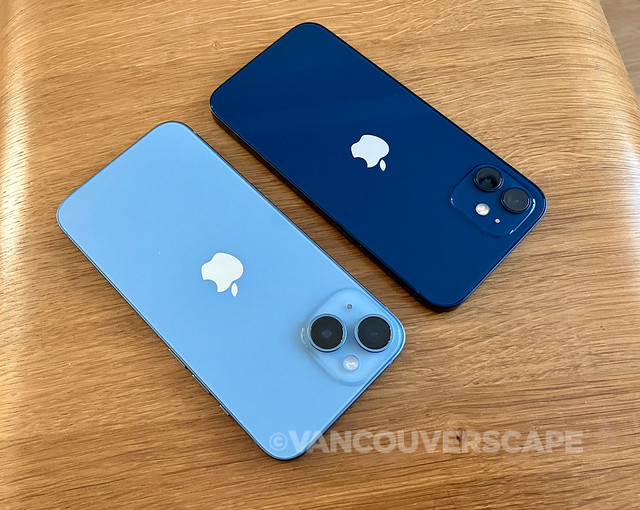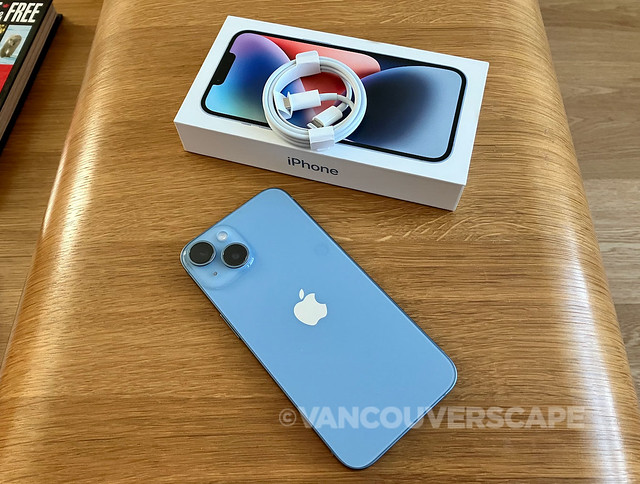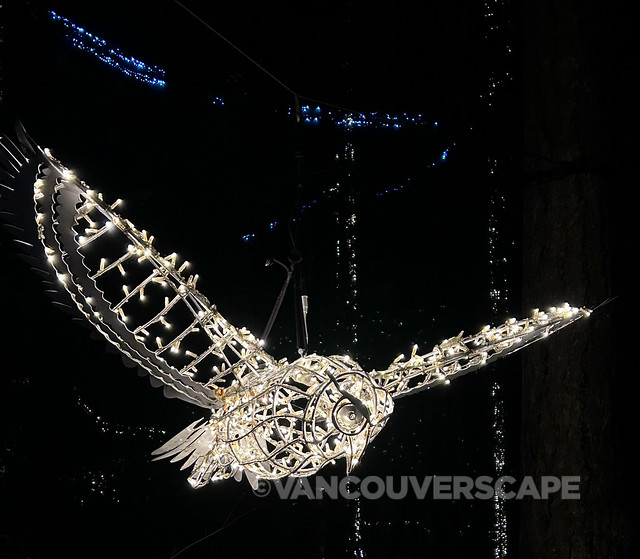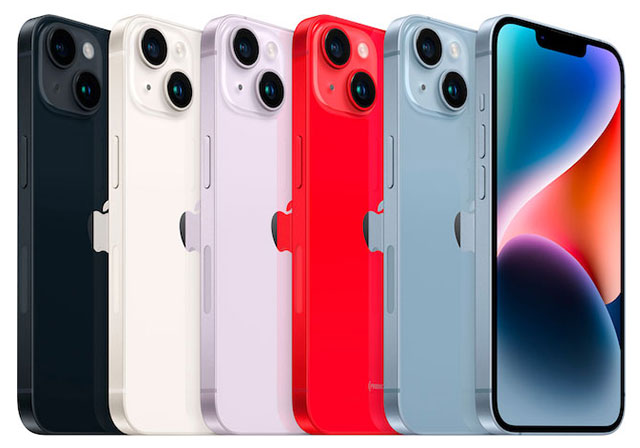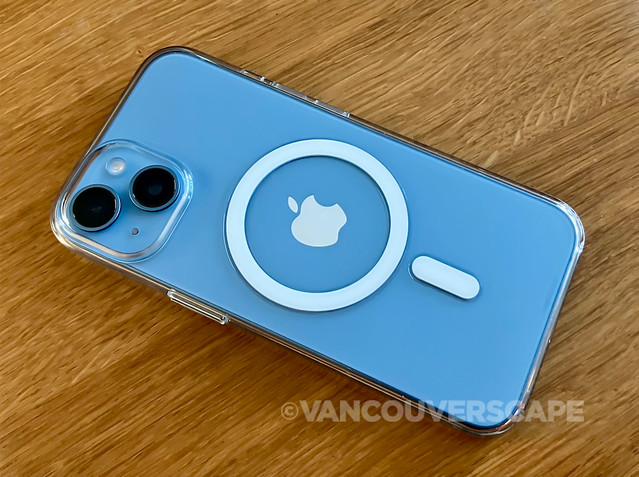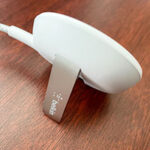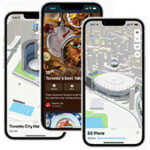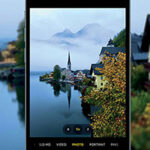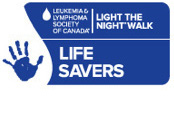Although identical in design to the iPhone 13, the latest in Apple’s smart phones, the iPhone 14, is a slightly bigger jump for me as I’ve moved from an iPhone 12. Out of the box, the two phones are similar in size and shape, the noticeable difference being the camera arrangement.
The 12 has the cameras stacked vertically while the 14’s are diagonal (the new sensor-shift OIS mechanism needs more space, thus the design change). The 14 also has more advanced sensor-shift optical stabilization.
The 14 includes smart, adjustable filters that can boost or mute colors without affecting skin tone. Unlike a filter that would be applied to an entire image, you can selectively apply a style to your photo.
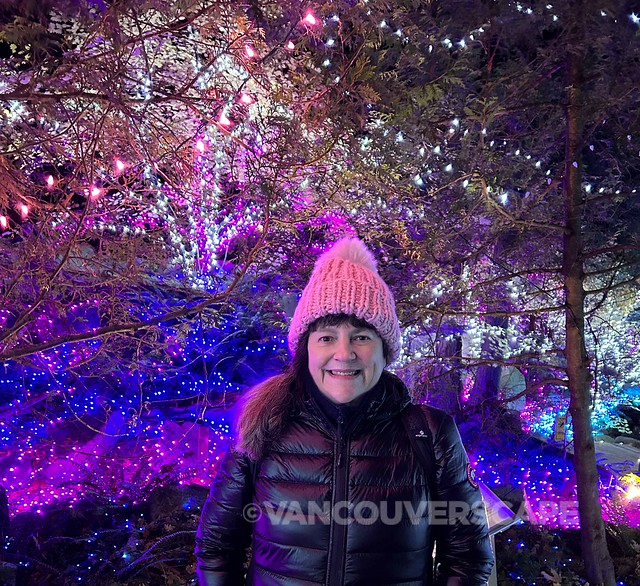
[In Portrait mode (Natural Light) shot at 1/25 sec, ISO 800, f/1.5]
Photographic Styles include Vibrant (colour boost), Rich Contrast (darker shadows and deeper colors), Warm (accentuates golden undertones) or Cool (accentuates blue undertones). Tone and Warmth are customizable for each style to get the exact look that you want.
The iPhone 14 ships with a USB-C to Lightning Cable (supports fast charging) plus a SIM tool.

[In Portrait mode (Stage Light) shot at 1/17 sec, ISO 1000, f/1.5]
Sensor Shift stabilization arrived with the iPhone 13, meaning the lens unit doesn’t move, but allows the sensor to move around at an even faster rate (up to 5,000 adjustments per second) than via Optical Shift stabilization. That adjustment takes place right where the image capture happens (at the sensor) for improved results.
The 14’s all-new 12MP front camera has a faster aperture (f/1.9) and autofocus too, versus the 12’s f/2.2 fixed-focus camera. According to Apple, this enhancement will deliver up to 2x better low-light photos due to the larger aperture.
Night mode takes a series of images over a few seconds and aggregates them to allow for shooting in extreme low light conditions. Night mode exposures are up to 2x faster with the iPhone 14’s main camera. The True Tone flash is 10 percent brighter with better uniformity for more consistent lighting.
[Cinematic mode/Cliffwalk at Capilano Suspension Bridge Park]
Both can shoot 4K footage at 60fps, but the 14 now has additional video modes including Cinematic and Action. Though both the 12 and 14 have the same charging speeds (20W wired, 15W MagSafe, 7.5W Qi wireless), the iPhone 14’s larger (3,279mAh) battery offers up to 20 hours of video playback over the 12’s 2,815mAh cell with 17 hours.
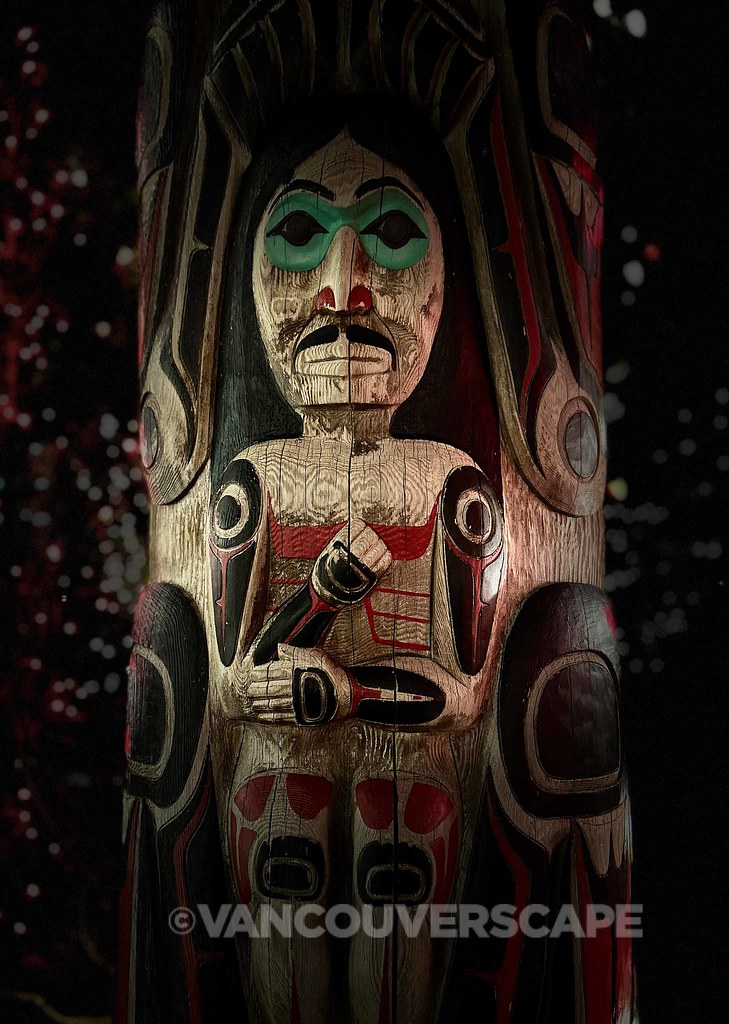
[In Portrait mode (Stage Light) shot at 1/15 sec, ISO 800, f/1.5]
Of note are the iPhone 14’s new Satellite Connectivity and Crash Detection features. If you get lost outside of WiFi and cellular service, Satellite Connectivity will allow you to get a message out to emergency services AND share your location with family and friends in Find My via the phone’s high dynamic range gyroscope and accelerometer.
Crash Detection can detect if you’ve been in a car crash and will subsequently notify emergency services and contacts on your behalf. Apple also uses other sensors to power this feature, so the barometer detects changes in cabin pressure, the GPS watches for rapid speed changes, and the microphone can listen for car crash noises. Apple trained motion detection algorithms on more than a million hours of real-world driving and crash record data for accuracy purposes, and the algorithms have been proven to work in real time.
The 14 is slightly heavier at 172g (vs the 12 at 164g), however the OLED display is the same on both, as is the HDR display. There’s an upgraded A15 Bionic chip (from the A14), and storage sizes are now 128 GB, 256 GB and 512 GB vs the 12’s 64 GB, 128 GB and 256 GB variations (iPhone 14 Pro models ship with up to 1TB of storage).
The 14’s (Regular, Plus) have new colours too: Blue, Purple, Midnight, Starlight and (PRODUCT)RED; the 14 Pro and Pro Max come in Space Black, Silver, Gold, and Deep Purple.
The light blue shade is stunning and looks great when outfitted with Apple’s own clear case.
The 12MP camera now sports an f/1.5 aperture (vs the 12’s f/1.6), translating to 49% more light to enter every one of your shots. Apple is using the same A15 chip that was in the iPhone 13 Pro models for the iPhone 14 models, but there is an updated internal design that allows for better thermal performance. The A15 chip offers a 6-core CPU, a 5-core GPU, and a 16-core Neural Engine.
Face ID works in low light and in the dark, and with hats, beards, glasses, sunglasses, scarves and other accessories that partially obscure the face.
Both the 12 and 14 have flat sides, feature a glass and aluminum body, a Ceramic Shield on the front and are IP68 dust- and water-resistant. Since the iPhone 14 can reach a brightness of 800 nits (vs the 12’s 650 nits), the 14 will be more readable in direct sunlight than the 12.
Photonic Engine
Using a combination of hardware and software, the iPhone 14’s Photonic Engine improves low-light performance of up to 2x on the Ultra Wide camera, 2x on the TrueDepth camera, and 2.5x on the Wide camera.
The Photonic Engine expands on Deep Fusion and provides impressive detail while preserving subtle textures and providing improved colour by merging multiple pixels from multiple exposure levels to deliver brighter and more lifelike colour in low-light situations.
[Action mode video while walking over the shaky Capilano Bridge in North Vancouver, BC]
For video, there’s an Action mode that provides smooth-looking video with better image stabilization than ever before. Action mode is able to adjust to significant shakes, motion and vibrations, even when video is captured in the middle of action.
Key Features
– Smart HDR 4 recognizes up to four people in a scene and optimizes contrast, lighting and even skin tones for each person.
– Improved Cinematic mode is now offered in 4K HD at 30 fps and 24 fps.
– Deep Fusion works in mid- to low lighting conditions to bring out image texture and detail.
– In Portrait mode, subject of the photo remains in focus while background is blurred.
– Portrait Lighting changes the lighting of Portrait mode photos with effects that include Natural, Studio, Contour, Stage, Stage Mono, and High-Key Mono.
– Built-in True Tone flash is designed to match the ambient lighting so it doesn’t throw off the photo’s white balance.
– Capture Panoramic shots up to 63 megapixels.
On US iPhone models, the SIM slot has been put out to pasture and now uses eSIM exclusively.
